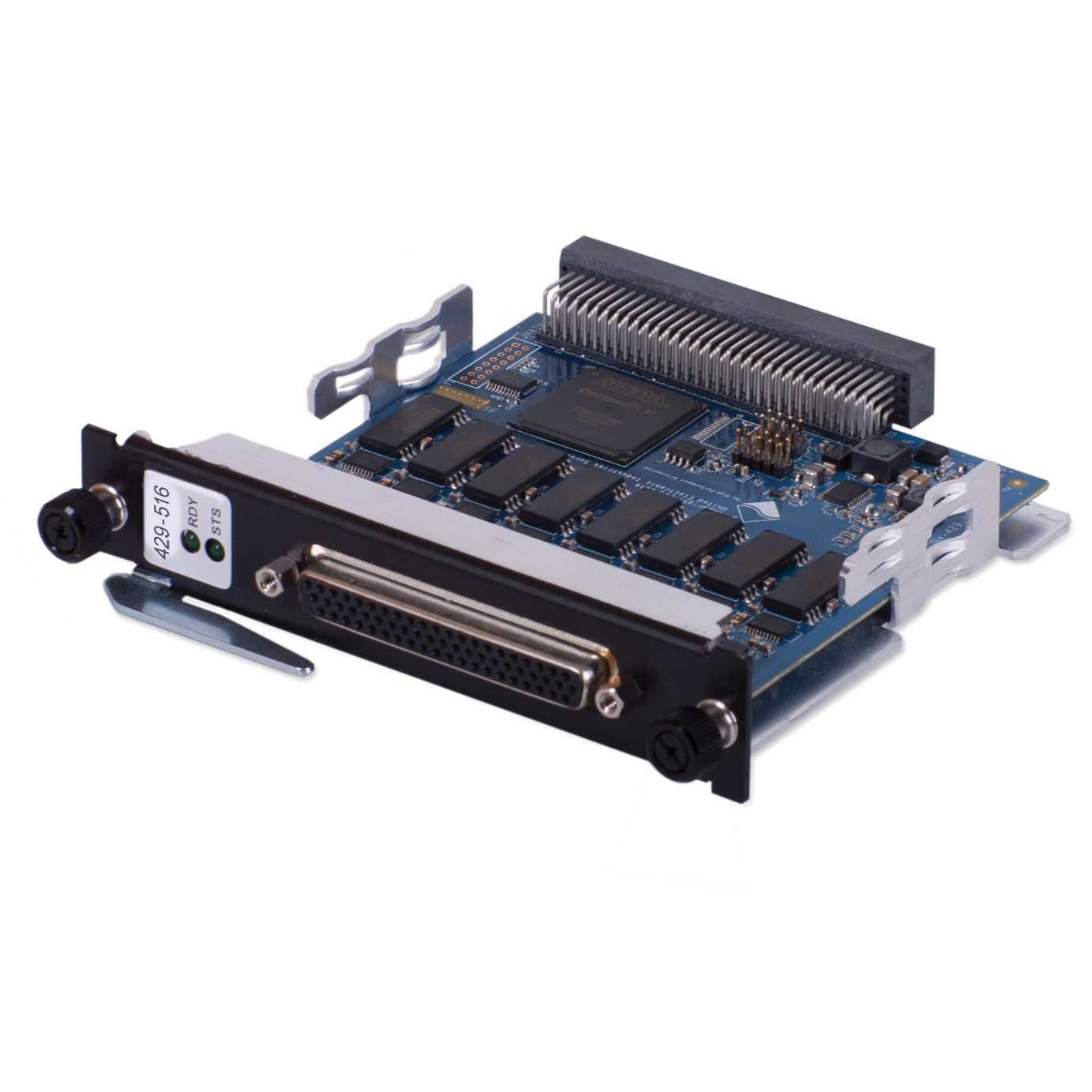MIL-STD-1553 was designed to be the basis for control of a Military Aircraft. Since this Aircraft might be involved in conflict, the control protocol and hardware connections had to be Robust, Redundant and Reliable. MIL-STD-1553 met all these requirements.
The major components are the Bus Controller, Remote Terminals/Sub Addresses, a Bus Monitor and the bus itself which had 2 Buses – Bus A and Bus B.

The Bus Controller would be the mission computer. Some RT/SAs would be flight surfaces, flight instruments and weapons. The Bus Monitor simply gives you access to all traffic on the bus for diagnostics or recording, and optionally playback.
The Bus Controller is the only component that can initiate traffic on the bus. Thus, they have kept the design simple which leads to reliability. Each RT/SA is connected to 2 sides of the Bus, side A and side B. The Bus Controller sends commands to RT/SAs starting on one side of the bus and if it does not get a reply, tries the other side of the bus (redundant and reliable). Every command gets a status word as a reply, so the Bus Controller always knows if there was an error in receiving the message (reliable).
There a many types of commands but the most commonly used commands are receive and transmit commands.
Picture yourself being the RT/SA and the mission computer asks you to receive data (maybe firing information if you are a missile) or to transmit data (maybe altitude information if you are the altimeter). You can send or receive a maximum of 32 16-bit words.
That’s right. A fighter jet is run by a series of up to 32 16-bit words.
For more information about MIL-STD-1553, please watch the following MIL-STD-1553 Overview video:
